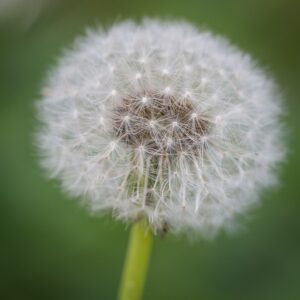What actually is the Bio-diversity metric?

by Jo Hanslip
What is the biodiversity metric?
The biodiversity metric is a habitat-based approach used to assess an area’s value to wildlife. The metric uses habitat features to calculate a biodiversity value – or gains.
The biodiversity metric can be used by:
- ecologists or developers carrying out a biodiversity assessment
- developers who have commissioned a biodiversity assessment
- planning authorities who are interpreting metric outputs in a planning application
- communities who want to understand the impacts of a local development
- landowners or land managers who want to provide biodiversity units from their sites to others
How is the metric used?
It is used to:
- assess the biodiversity unit value of an area of land
- demonstrate biodiversity net gains or losses in a consistent way
- measure and account for direct impacts on biodiversity
- compare proposals for a site – such as creating or enhancing habitat on-site or off-site
What does the metric do?
The metric calculates the values as ‘biodiversity units’. Biodiversity units are calculated using the size of the habitat, its quality and location.

What types of habitats can the metric be applied to?
A wide range of habitats including, land and intertidal habitats, including hedgerows, rivers and streams.
The metric assesses existing habitats and planned new habitats created by a development or land change.
What information do I need for the metric?
To use the metric calculation tool, you need to know:
- the types of habitats – on-site and off-site
- the size of each habitat parcel in hectares – or kilometres if it is linear (rivers and streams, hedgerows, and lines of trees)
- the condition of each habitat parcel
- whether the sites are in locations identified as local nature priorities

What metric must I use?
The current metric is here for all sites that are not small sites:
It is however anticipated that DEFRA will update the metric will to version 4.0 in November 2023 and then this tool must be used.
What is a small site?
This is defined by DEFRA as:
1) Development sites where;
– For residential developments the number of dwellings to be provided is between one and nine inclusive on a site having an area of less than one hectare
– Where the number of dwellings to be provided is not known the site area is less than 0.5 hectares
– For all other development types where the site area is less than 0.5hectares or less than 5,000sqm
2) Where there is no priority habitat present within the development area (excluding hedgerows and arable margins)
What metric must I use for a small site?
The following metric must be used, but again this is anticipated to be updated from April 2024.






